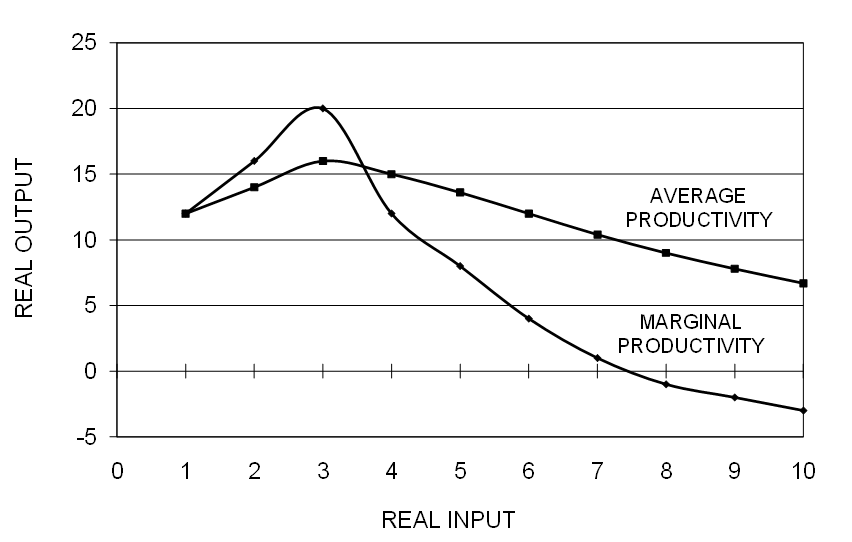E – 1172 Measuring Performance and Productivity
$100.00
Courses Included
Students can use these practical tools to construct performance measurements processes that include graduated performance levels, feedback loops, and defensible documentation of results for “hard” and “soft” skills as well as any activity requiring a measurement system. We also present a guideline for creating meaningful goals, holding effective goal setting meetings with employees, and creating an effective and practical performance assessment process.
Description
Students can use these practical tools to construct performance measurements processes that include graduated performance levels, feedback loops, and defensible documentation of results for “hard” and “soft” skills as well as any activity requiring a measurement system. We also present a guideline for creating meaningful goals, holding effective goal setting meetings with employees, and creating an effective and practical performance assessment process.
- Differentiate between work tension and work stress
- Reduce work stress on themselves and others
- Identify the employment dangers inherent with undefined expectations
- Clarify employee performance expectations
- Analyze the critical difference between being productive and just busy
- Develop a performance measurement range for objective and subjective activities
- Identify the “hard and soft” skills in any job function
- Define “soft skill activities” such as teamwork, oral communication, and customer service
- Design a hard and soft skills performance measurement process
- Develop a Likert scale for use in measuring subjective activities
- Explain the value of a performance feedback system
- Identify the three things that can happen when setting performance goals and now how to select the best option
- Explain the difference between objective and subjective measurements
- Document effectively to provide maximum protection for their employer
- Explain the benefits and risks associated with employees rating each other in selected categories of performance






